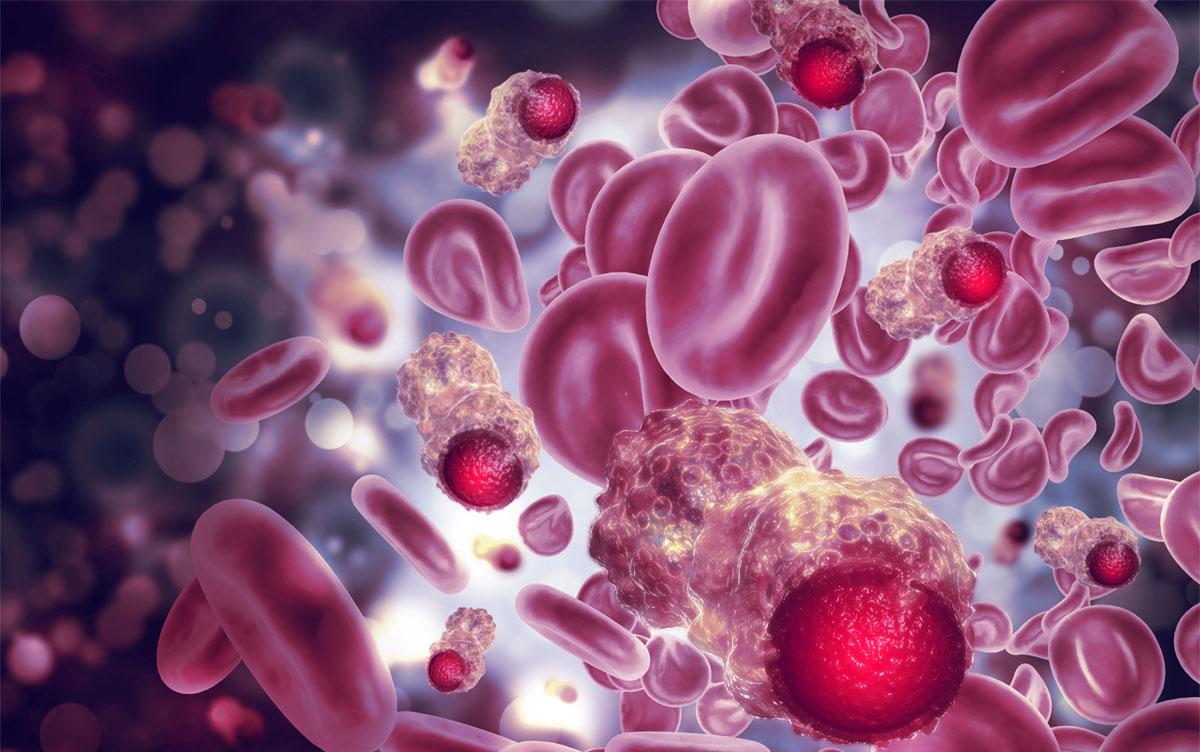Research News
Tumor Heterogeneity and Immune-Evasive Environment in Malignant Lymphoma at Single-Cell Resolution
 Image by crystal light/Shutterstock
Image by crystal light/Shutterstock
Researchers at the University of Tsukuba have demonstrated that in T follicular helper cell lymphoma, a subgroup of hematologic malignancies, individual tumor cells are highly heterogeneous, even within the same patient. They also revealed that the accumulation of genetic and chromosomal mutations promotes tumor cell evolution. Moreover, they discovered that in T follicular helper cell lymphoma, tumor cells and surrounding immune cells cooperate to create an immune evasion environment, which contributes to treatment resistance.
Tsukuba, Japan—T follicular helper (TFH) cell lymphomas (TFHLs) are a subgroup of hematologic malignancies with no established standard treatment and poor prognosis. In general, one of the reasons for treatment resistance can be interpatient and intratumor heterogeneity, resulting in different tumor cell responses to treatment and the survival and proliferation of tumor cells with less treatment response. Additionally, interactions between tumor cells and immune cells in tumor tissue create a favorable environment for tumor cell survival (tumor-immune microenvironment), a factor that contributes to the development of treatment resistance. However, these mechanisms in TFHLs remain unclear. By comprehensively analyzing tumor and immune cells through single-cell resolution transcriptomic, gene mutation, and spatial analysis techniques, the research team has elucidated the overall tumor cell characteristics and immune microenvironment in TFHLs.
These analyses revealed that TFHL tumor cells have more significant tumor-cell heterogeneity than previously presumed, and that the accumulation of genetic and copy number mutations drives the clonal evolution of tumor cells toward TFH-like and cell proliferation phenotypes. The analyses also indicated that the interaction of tumor cells with immune cells creates an immune-evasive environment that contributes to the development of treatment resistance. Furthermore, researchers identified PLS3 as a novel tumor marker specifically expressed in TFHLs.
These findings are expected to aid in the development of new treatments targeting the network between tumor and immune cells as well as in developing therapeutic strategies for rare cancers other than TFHLs.
###
This work was supported by Grants-in-Aidfor Scientific Research (KAKENHI: JP23K15317 [SS], JP20J20851 [YA], JP23K15316 [KH], JP23K15293 [KM], JP21K16261 [TS], and JP22K19451 and JP21H02945 [MS-Y]) from the Ministry of Education, Culture, Sports, and Science of Japan; AMED (JP22ck0106544, JP23ck0106797, the Moonshot Research and Development Program [JP22zf0127009] [MS-Y]); Japan Leukemia Research Fund, SENSHIN Medical Research Foundation, SGH Foundation, the Yasuda Medical Foundation, and Daiichi Sankyo Foundation of Life Science [YA]; and Kobayashi Foundation for Cancer Research, Kobayashi Foundation, and the Chemo-Sero Therapeutic Research Institute [MS-Y].
Original Paper
- Title of original paper:
- Tumor heterogeneity and immune-evasive T follicular cell lymphoma phenotypes at single-cell resolution
- Journal:
- Leukemia
- DOI:
- 10.1038/s41375-023-02093-7
Correspondence
Professor SAKATA-YANAGIMOTO Mamiko
Institute of Medicine, University of Tsukuba



